How To Use a Leg Exercise Machine?
Using a leg exercise machine is a straightforward and effective way to enhance your lower body strength and fitness. A good leg exercise machine will provide a comfortable and safe place to perform your exercise routine.
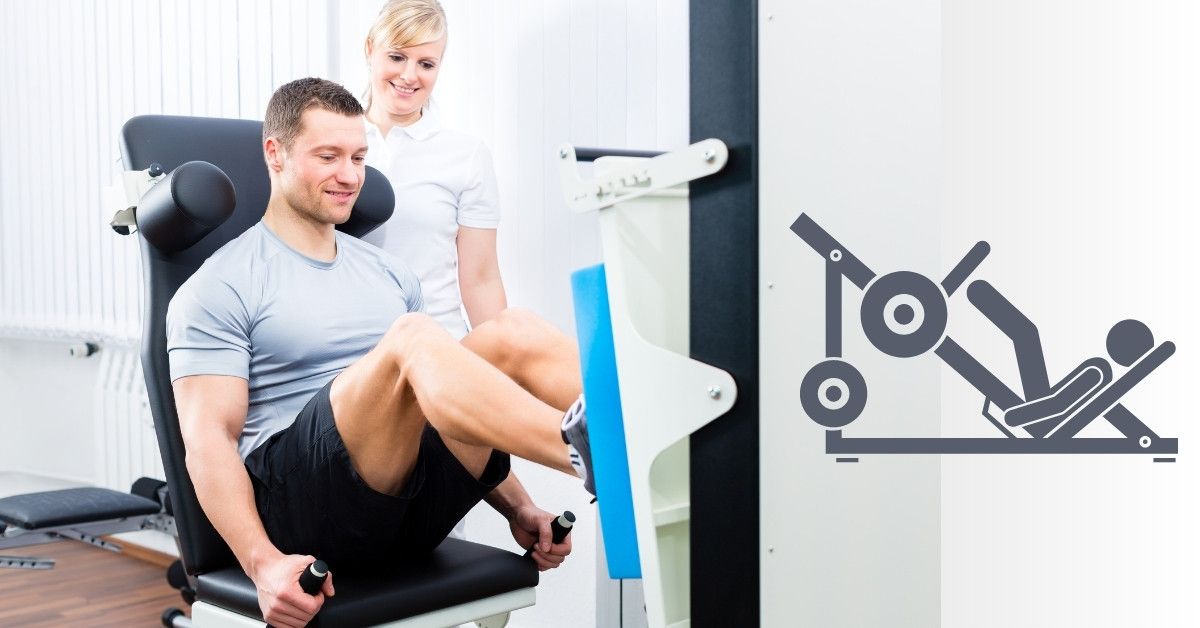
Leg exercise machines are a fantastic way to strengthen and tone your lower body, offering a variety of workouts that target different muscle groups. Whether you're a beginner or a seasoned fitness enthusiast, understanding how to use these machines effectively can help you maximize your workout benefits and minimize the risk of injury.
In this article, we'll guide you through the basics of using leg exercise machines, including proper setup, form, and techniques to ensure you get the most out of your leg workouts. From leg presses to hamstring curls, we'll cover everything you need to know to use these machines safely and efficiently, helping you achieve your fitness goals with confidence.
Leg exercise machines are fantastic tools for strengthening and toning your legs. Whether you're at the gym or using a home machine, it's important to know how to use these machines correctly to maximize your workout and avoid injury. Here’s a simple guide to help you get started.
Types of Leg Exercise Machines
There are several types of leg exercise machines, each targeting different muscle groups. The most common ones include:
1 - Leg Press Machine
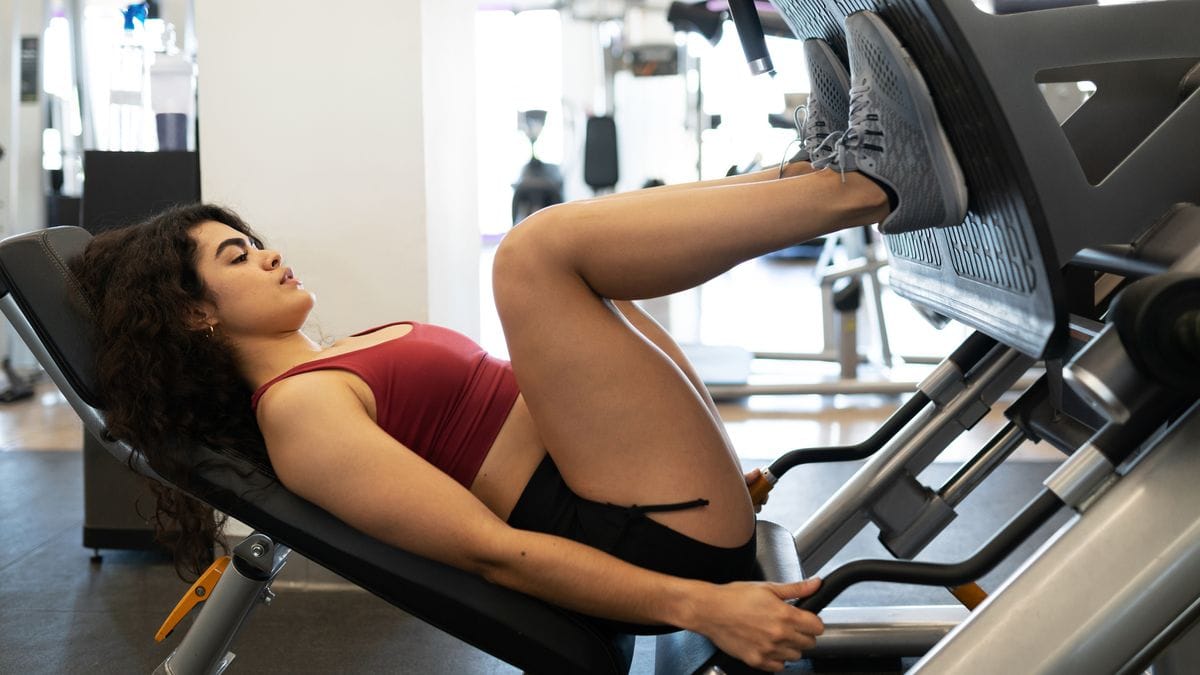
Works on your quadriceps, hamstrings, and glutes.
2 - Leg Extension Machine
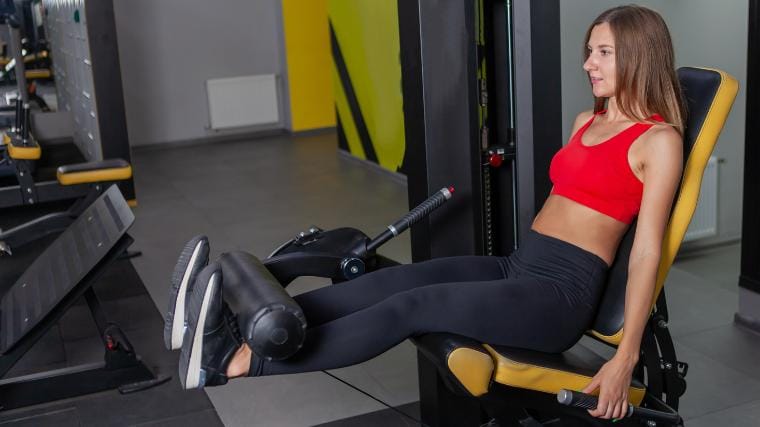
Focuses on your quadriceps.
3 - Leg Curl Machine:
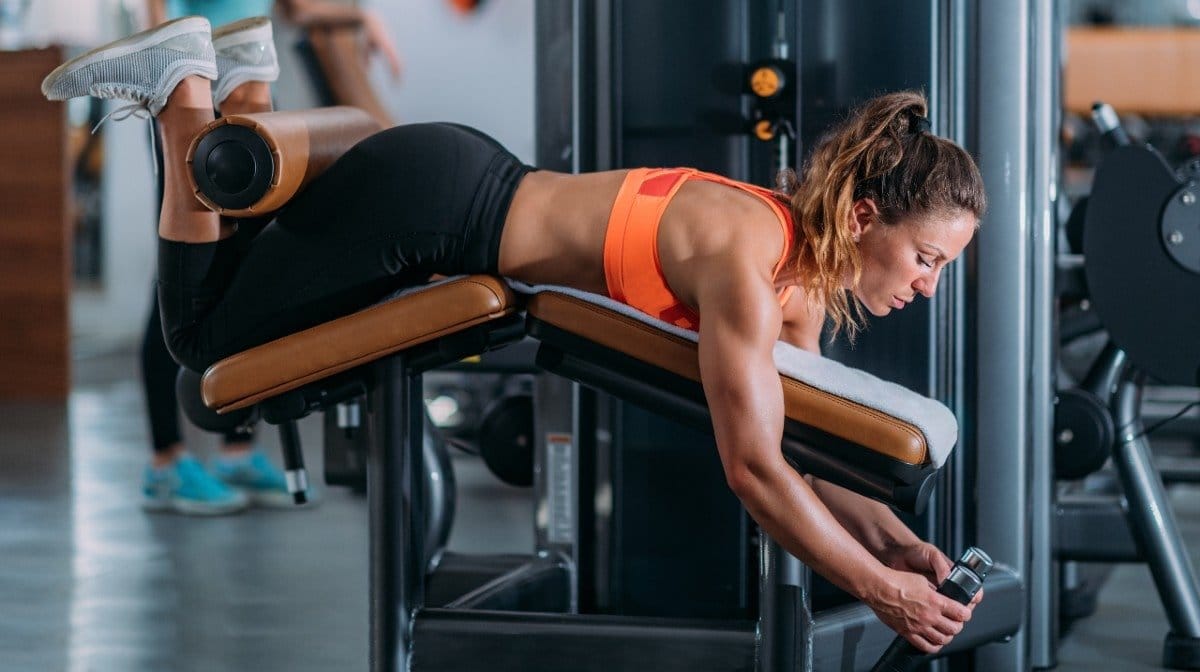
Targets your hamstrings.
4 - Calf Raise Machine:
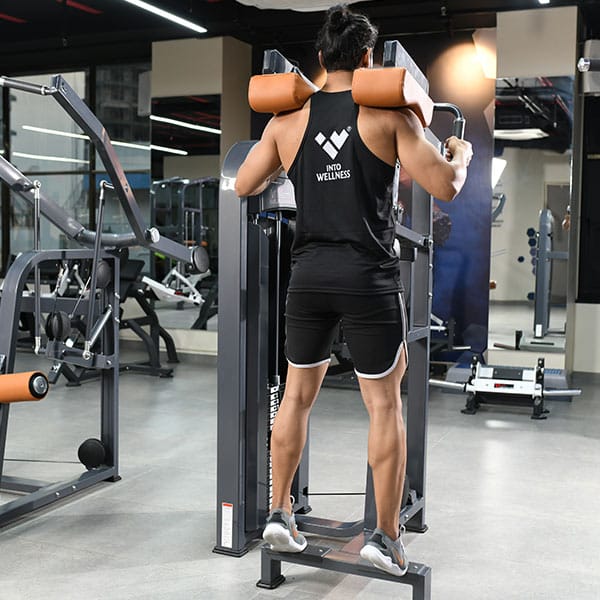
Strengthens your calf muscles.
5 - Smith Machine
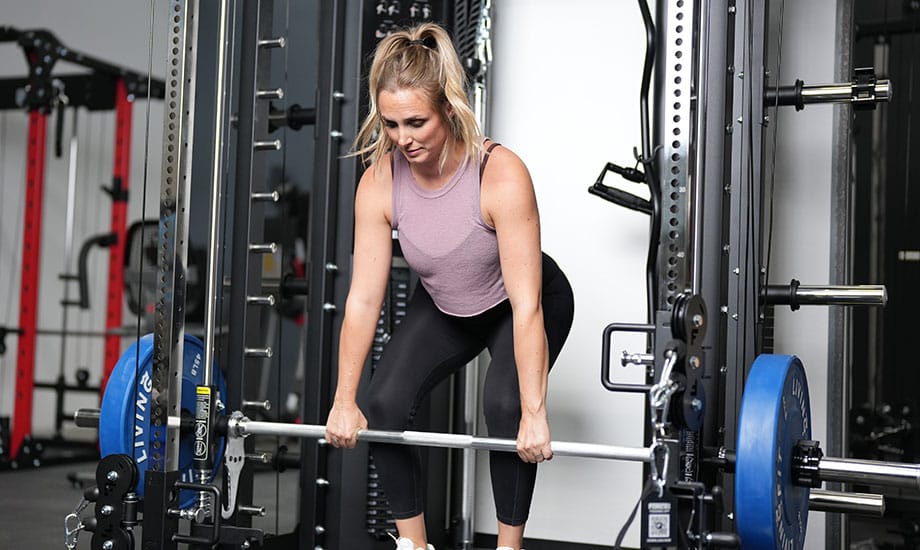
Can be used for various leg exercises, including squats.
General Tips for Using Leg Exercise Machines
Before diving into specific machines, here are some general tips to keep in mind:
- Warm-Up: Always start with a warm-up to get your muscles ready. This can include light cardio like walking or jogging for 5-10 minutes.
- Adjust the Machine: Make sure the machine is set up for your height and body type. Adjust the seat, backrest, and any other parts to fit you comfortably.
- Start Light: Begin with lighter weights to get used to the machine and the movement. Gradually increase the weight as you become more comfortable.
- Maintain Good Posture: Keep your back straight and core engaged. Avoid slouching or arching your back.
- Controlled Movements: Perform the exercises in a slow and controlled manner to prevent injury and get the most out of each movement.
- Breathe: Exhale when you exert force (e.g., lifting the weight) and inhale when you relax (e.g., lowering the weight).
How to Use Specific Leg Exercise Machines
1. Leg Press Machine
- Sit Down and Adjust: Sit on the leg press machine with your back and head resting against the padded support. Place your feet shoulder-width apart on the platform.
- Set the Weight: Choose an appropriate weight. Beginners should start with a lighter load.
- Perform the Exercise:
- Push the platform away by extending your legs. Keep your knees slightly bent at the top to avoid locking them.
- Slowly return to the starting position by bending your knees.
- Repeat for the desired number of repetitions.
Lightweight
- Sit and Adjust: Sit on the machine with your back against the pad and your knees bent at a 90-degree angle. Adjust the pad so it rests on your lower shins just above your feet.
- Set the Weight: Select a light weight to start.
- Perform the Exercise:
- Extend your legs fully while keeping your back pressed against the seat.
- Pause briefly at the top, then slowly lower the weight back to the starting position.
- Repeat for the desired number of repetitions.
3. Leg Curl Machine
- Position Yourself: Lie face down on the machine with the pad against the back of your lower legs just above your heels. Adjust the machine so that your knees align with the pivot point.
- Set the Weight: Choose a lightweight initially.
- Perform the Exercise:
- Curl your legs up towards your buttocks as far as comfortable.
- Slowly lower your legs back to the starting position.
- Repeat for the desired number of repetitions.
4. Calf Raise Machine
- Position Yourself: Stand with the balls of your feet on the platform, allowing your heels to hang off. Position the padded lever against your shoulders.
- Set the Weight: Begin with a lighter weight.
- Perform the Exercise:
- Raise your heels as high as possible, standing on your tiptoes.
- Slowly lower your heels back down past the level of the platform to stretch your calves.
- Repeat for the desired number of repetitions.
5. Smith Machine (for Squats)
- Position Yourself: Stand with your feet shoulder-width apart under the bar. Position the bar across your upper back (trapezius muscles).
- Set the Weight: Start with an empty bar to practice form, then gradually add weight.
- Perform the Exercise:
- Lower your body by bending your knees and hips as if sitting back in a chair. Keep your chest up and back straight.
- Lower until your thighs are parallel to the ground or as far as comfortable.
- Push through your heels to return to the starting position.
- Repeat for the desired number of repetitions.
FAQs
How To Use a Leg Exercise Machine
Q: Do Passive Leg Exercisers Work?
A: Passive leg exercisers, otherwise known as leg rehab devices, are a great way to help maintain muscle strength and improve overall circulation in the legs. While they can be very beneficial in helping with mobility issues caused by various medical conditions such as stroke or arthritis, it's also important to remember that these machines cannot replace vigorous physical activity when it comes to achieving fitness goals.
When used properly and with guidance from a physician or physical therapist, passive exercise can be an effective part of a comprehensive recovery plan. Many people have been able to regain some level of motor function through active movement provided by the machine’s programmed resistance levels.
The science behind how passive exercise works is based on principles similar to those found in conventional exercises: the idea being that muscles will become stronger if they're put under strain (resistance) repeatedly over time so that any damage done during exercise can heal and build up stronger fibers than before.
Q: How Effective are the Passive Leg Exerciser Machines?
A: Passive Leg Exerciser Machines are a great way to improve your physical health and mobility. These machines provide an easy, convenient, and low-impact way to exercise regularly without putting too much strain on the body. Not only do they reduce pressure on your knees, hips, and other joints, but they also help tone muscles in the lower legs.
The most effective passive leg exerciser machines will typically have adjustable settings that allow you to increase or decrease intensity depending on how fit you are. Additionally, it's important to choose a machine with comfortable resistance levels--you want it to be challenging enough that it is beneficial for exercising but not so hard that it causes muscle soreness or injury.
In terms of effectiveness, using a passive leg exerciser machine can help improve strength and range of motion in the lower legs while strengthening weak muscles in the feet and ankles. Regular use of this type of equipment can also help reduce fatigue from standing up for long periods at work or school as well as swelling from poor circulation due to sitting for extended amounts of time. It can even aid weight loss over time if used regularly in conjunction with other healthy lifestyle habits such as eating nutritiously and getting plenty of restful sleep!
Q: Which exercise machine is best for seniors?
A: As you get older, it can become challenging to stay active and healthy. Exercise machines are great tools for getting the body moving, but choosing the right one for seniors is essential.
For starters, safety should be your number one priority. Since seniors are more prone to falls and accidents, make sure any machine provides ample support and balance when in use. Look for models with secure handrails or straps so users feel secure as they exercise. There should also be adjustable settings that allow the user to easily customize items like speed or resistance from a seated position (no need to get up or bend down). Here are a few good options:
Recumbent Exercise Bike - These bikes feature lower seats that allow users to stay in an upright posture while pedaling away. Many also have built-in sensors that track the speed/distance covered while exercising. This type of bike is perfect if you’re looking for cardiovascular training without added strain on joints or muscles.
Elliptical - An elliptical offers a low-impact workout without putting pressure on your back, hips, knees, and ankles (thanks to its smooth gliding motion). Seniors can adjust the elliptical’s stride length depending on their comfort level. Most models come with programs specifically designed for older exercisers too! Just be sure not to lean too far forward during your session as this could lead to an injury similar to overstretching.
Total Gym - A total gym consists of several pieces of equipment usually found at a gym – such as weights and pulleys – but combined into one easy-to-use device that works out multiple muscle groups simultaneously (upright rows targeting arms/shoulders; squats activating quads/glutes; etc). The low-impact exercises help improve strength levels quickly while keeping joints safe! Plus these gyms come with hundreds of different workouts tailored just for seniors which makes them especially attractive.
No matter what kind of exercise machine you decide on eventually, always speak with your doctor beforehand just make sure you’re fit enough physically!
Q: Do circulation leg exercisers work?
A: Absolutely! Circulation leg exercisers are an incredible way to increase blood circulation in your legs, reduce swelling and pain, and improve overall mobility.
When you exercise your legs, you must keep up a routine to see the most dramatic improvement in circulation. That being said, even if you're starting with just 5 minutes of using a circulation leg exerciser each day, you can start to see results right away. By increasing blood flow to those areas that don't get much physical activity throughout the day (such as when we sit at a desk), these devices can significantly reduce any discomfort felt while standing or walking.
Circulation leg exercisers work by promoting rhythmic contraction of your calf muscles which pumps up additional oxygen-rich blood around your body – similar to what happens during regular exercise but with less effort on our part. This allows for better distribution of nutrients throughout our body and lowers inflammation associated with bad blood flow leading ultimately towards better overall health.
The great thing about circular leg exercisers is that they come in many different forms; from small electric ones like the Relaxzen low-impact foot circulator or the HoMedics air compression system; down to simple mini trampolines designed specifically for increased foot circulation such as Hurtle's foldable rebounder - so there is sure be one suited perfectly for anyone looking increase their daily activity levels while improving their health along the way.
By exercising regularly with a circulation leg exerciser, people have reported feeling more energized - which should make getting through everyday lifestyle chores easier too! Furthermore, studies suggest that it might even help boost tiredness caused by certain conditions like diabetes or peripheral artery disease (PAD).
Q: What is a good machine to strengthen legs?
A: The best machine to strengthen your legs depends on what type of leg exercises you want to do. If your goal is to focus on toning and shaping the muscles in the lower part of your legs, then a leg press is an excellent choice. It offers targeted resistance training for both quads and glutes by enabling you to push heavy weights with your legs. For overall leg strength and muscular endurance, consider using a seated calf raise machine or squat rack with weights.
If space or budget is limited, many affordable bodyweight exercises can help you build stronger legs without having to buy any special equipment — squats and lunges are two of the most common examples.
Ultimately, it comes down to what you feel comfortable doing, as well as how much time (and money) you’re willing to invest in strengthening your legs. Whichever type of exercise you choose will help make them stronger — so just find one that fits into your lifestyle!
Key Takeaways
Using a leg exercise machine correctly is key to a safe and effective workout. Start with light weights, maintain good form, and gradually increase the intensity as you become more comfortable. Remember to breathe properly and keep your movements controlled. By following these guidelines, you’ll be well on your way to stronger, more toned legs. Happy exercising!
